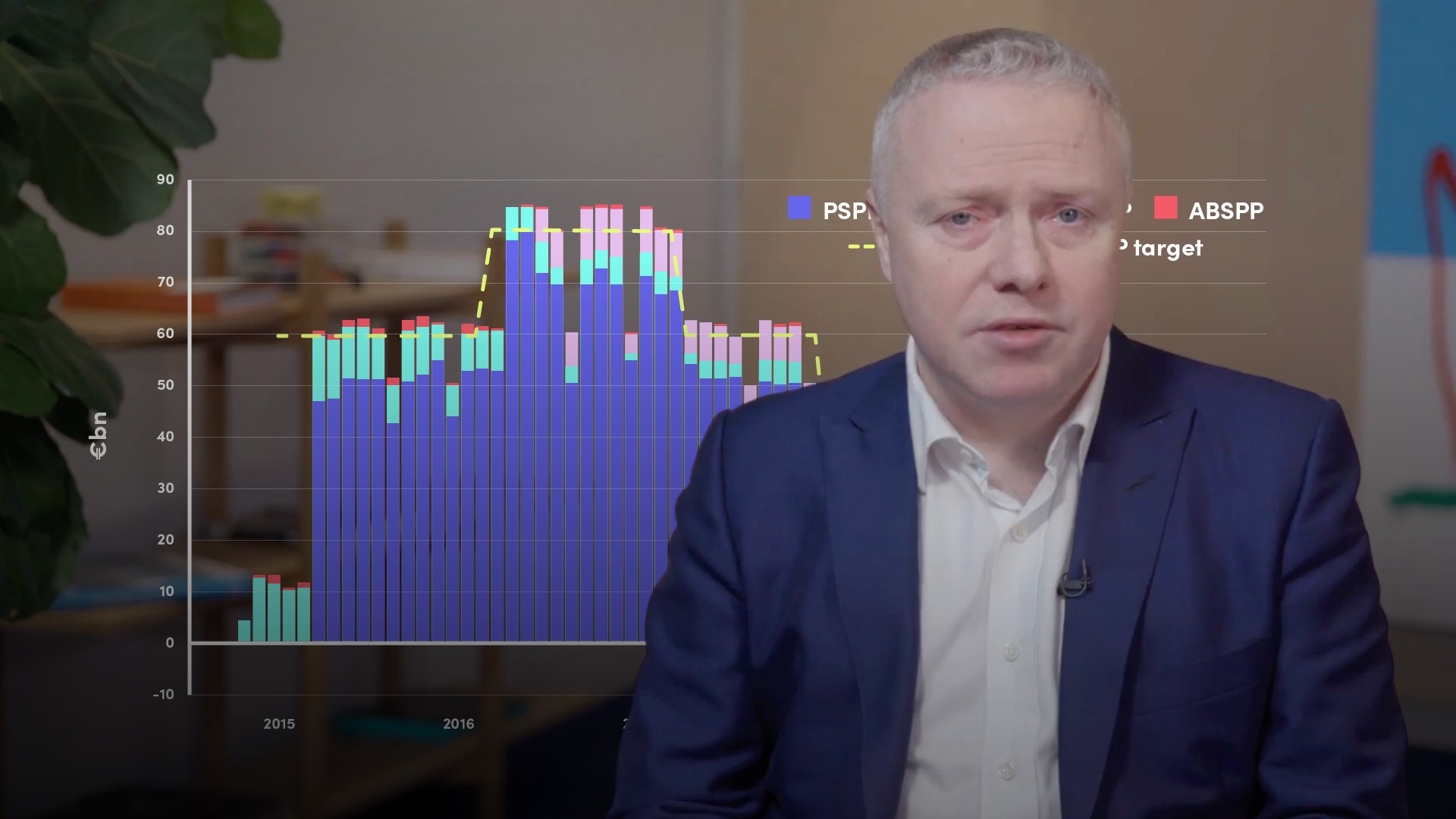
Lender of Last Resort
For banks, the lender of last resort is their central bank, which is the institution banks turn to in times of financial stress when all other potential borrowing options to keep the business operating and solvent have been exhausted. In acting as lenders of last resort, central banks are fulfilling one of their mandates of ensuring the smooth functioning of the financial system. Emergency liquidity assistance is not automatic but is granted under strict conditions in return for security in the form of collateral (subject to haircuts). Assistance is made available not to bail out insolvent banks but to provide liquidity to otherwise solvent institutions caught out by periods of illiquidity. Lack of access to liquidity can lead to insolvency, so central banks’ function of lender of last resort is in place to prevent bankruptcies that could lead to systemic risk, given the degree of interconnectedness of the financial system and the vicious transmission effects that could ensue. At sovereign level, the International Monetary Fund (IMF) acts as lender of last resort to governments in difficulty, providing them with financial support while they implement adjustment policies to restore economic stability and growth. The IMF also provides precautionary financing to help prevent and insure against crises.


